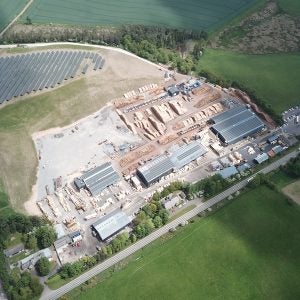A number of flats, believed to be of masonry construction, suffered damage after the fire on June 9 at Riverside Barking, with investigations centred on the extensive timber use in balconies.
The Timber Trade Federation (TTF) and Wood Protection Association (WPA) released a statement saying the failure to specify an industrial fire retardant pre-treatment for the timber balconies and cladding across the front of the building was “completely inappropriate” in the circumstances.
Meanwhile, the concrete industry has used the incident to go on the offensive against use of timber in construction. The British Association of Reinforcement released a statement saying the fire showed that timber was “not a suitable construction material whether built or under construction, structural or decorative”.
The TTF/ WPA statement said the six-storey building in question featured timber balconies, balcony dividers and extensive balustrading, so much so that it resembled and has been referred to as, timber cladding.
“The lack of a flame retardant treatment combined with multiple small cross sections of timber with plenty of air movement around each panel, in our opinion created an unnecessary fire risk,” it said.
The groups also say that the timber supplied for the project was believed to have had a ‘Euroclass D, s2, d0’ reaction to fire rating.
“Flame retardant pre-treatments are readily available which could have upgraded the timber components to the more appropriate, much higher Class B rating,” it added.
“If that had been done, the timber decking and cladding would have performed very differently."
Gordon Ewbank, WPA chief executive, said Building Control service providers were nervous about specifying standards higher than strictly required by Building Regulations.
Developer Bellway has been quoted in the media as saying the wood had not been fire-retardant treated as the building was lower than government regulations covering a ban on combustible materials in external walls (buildings over 18m high).
Residents have called for the removal of the timber elements, while Bellway is understood to be surveying the site and considering removal of remaining wood features.






